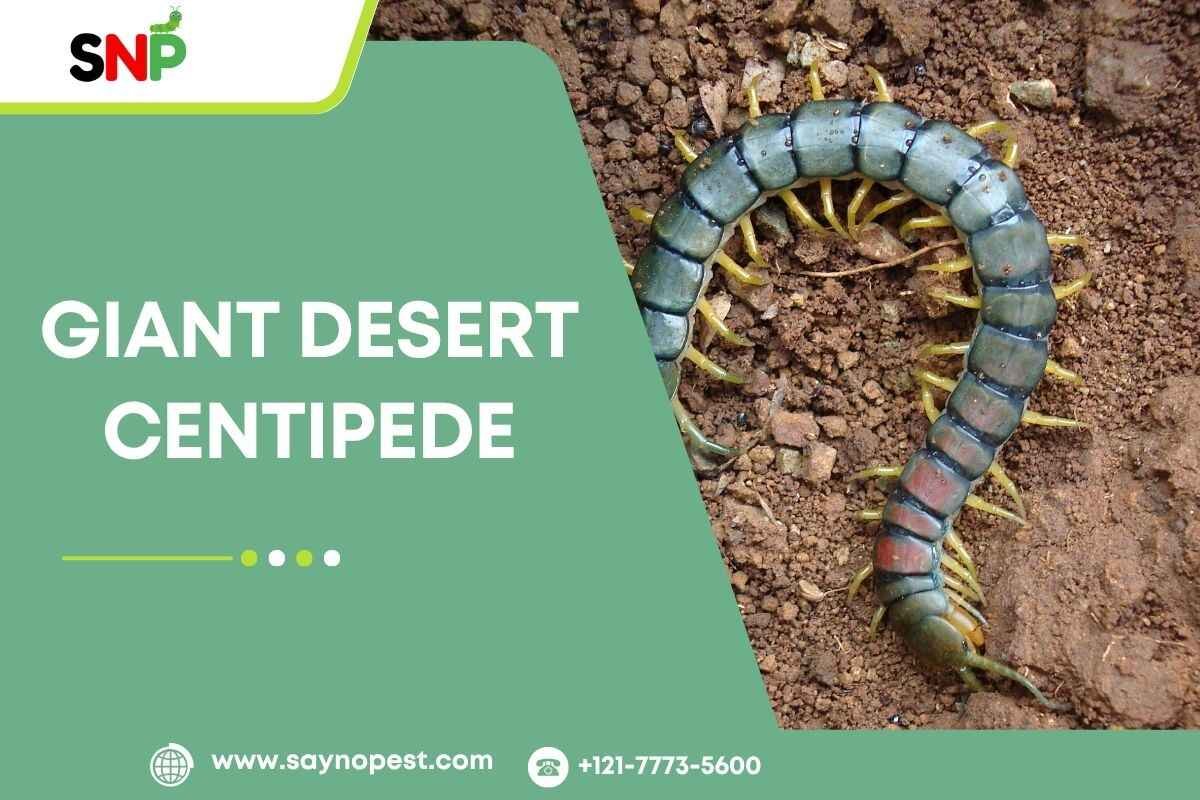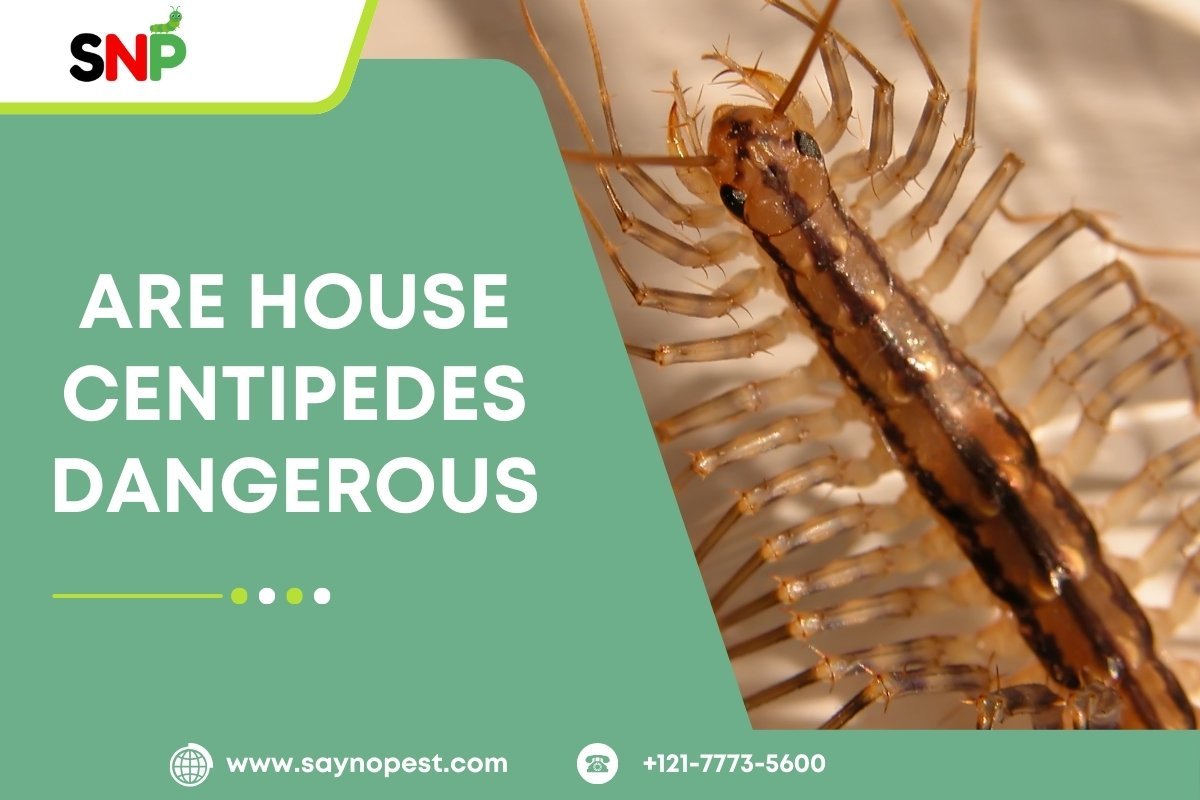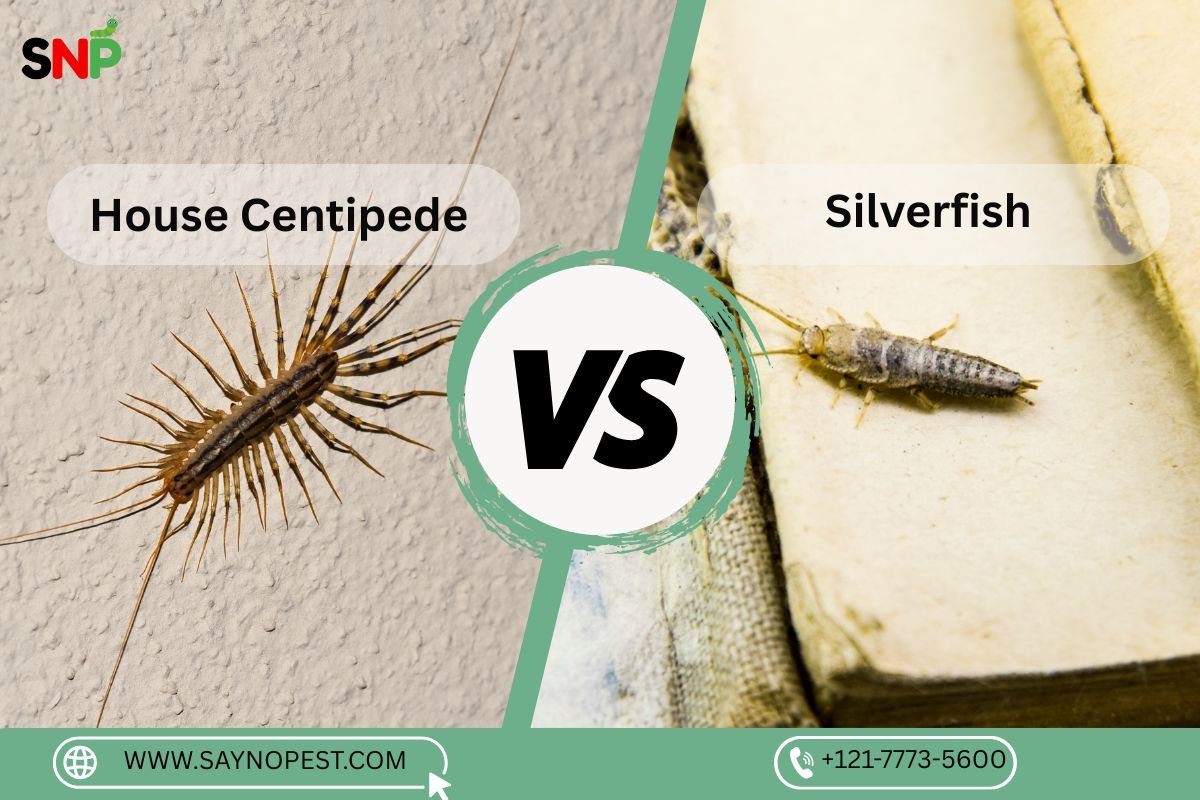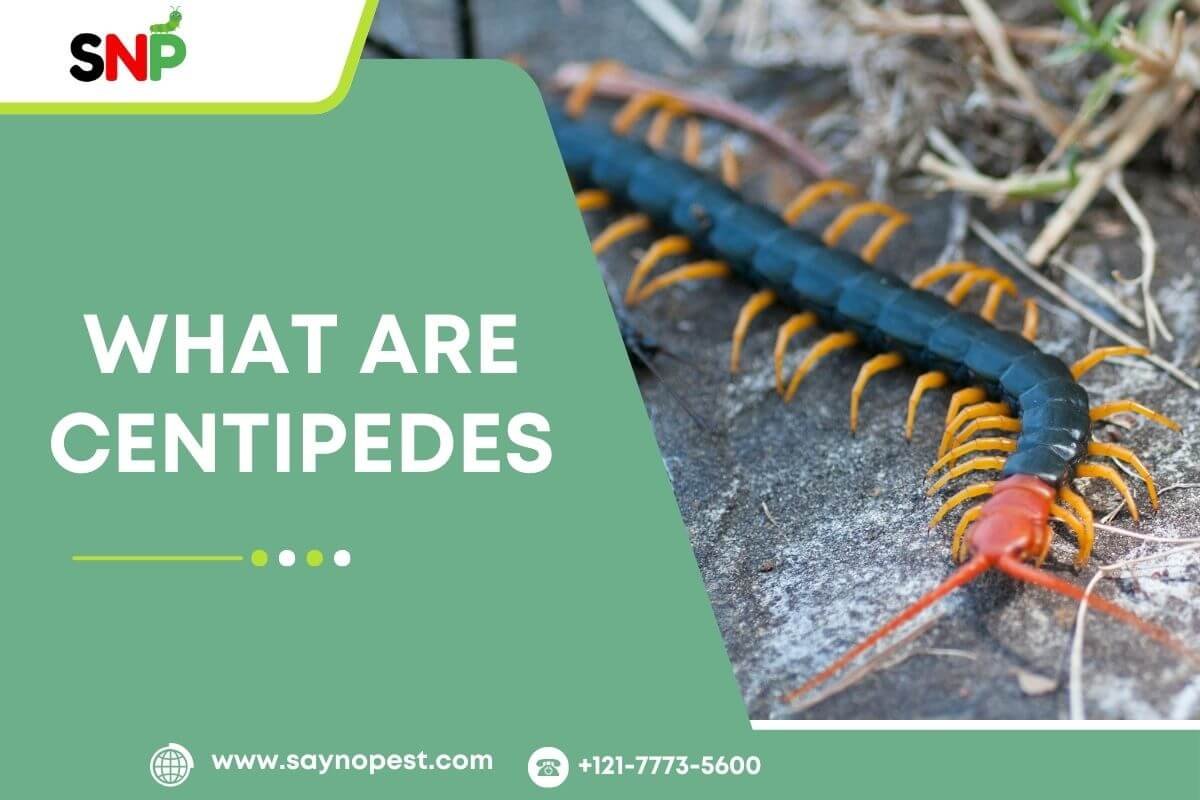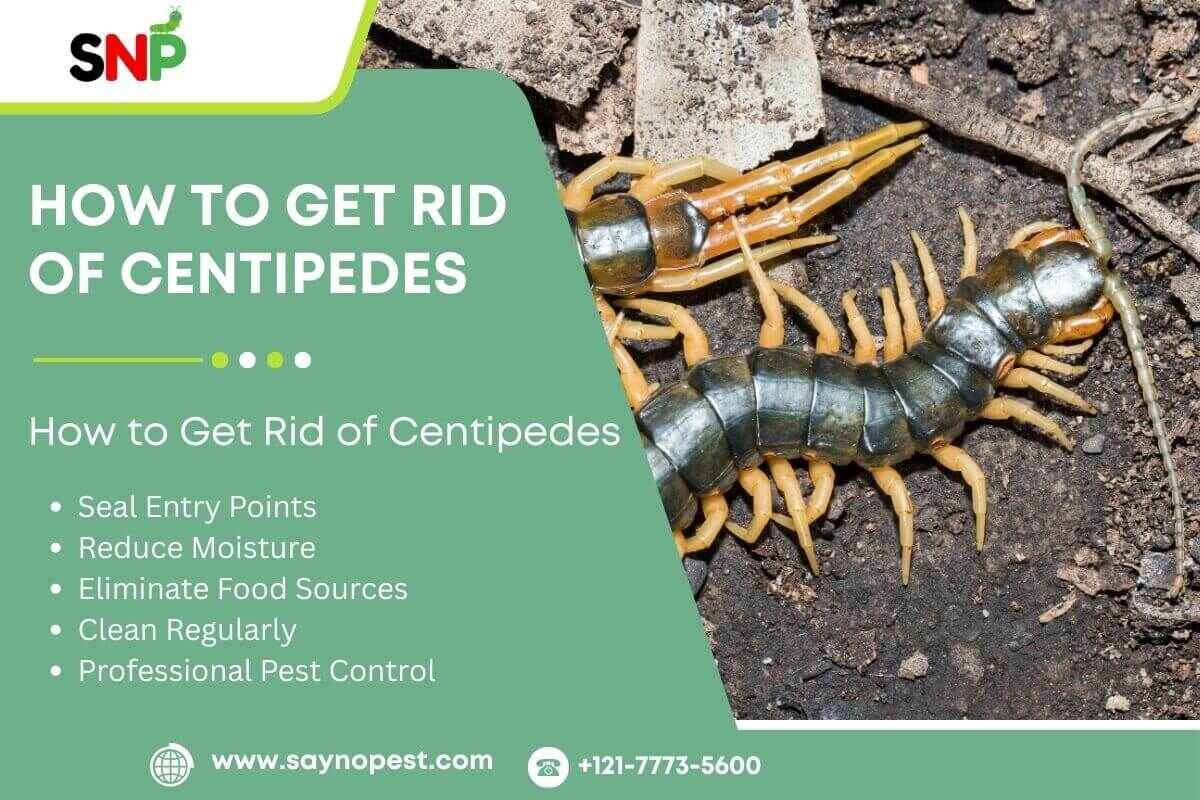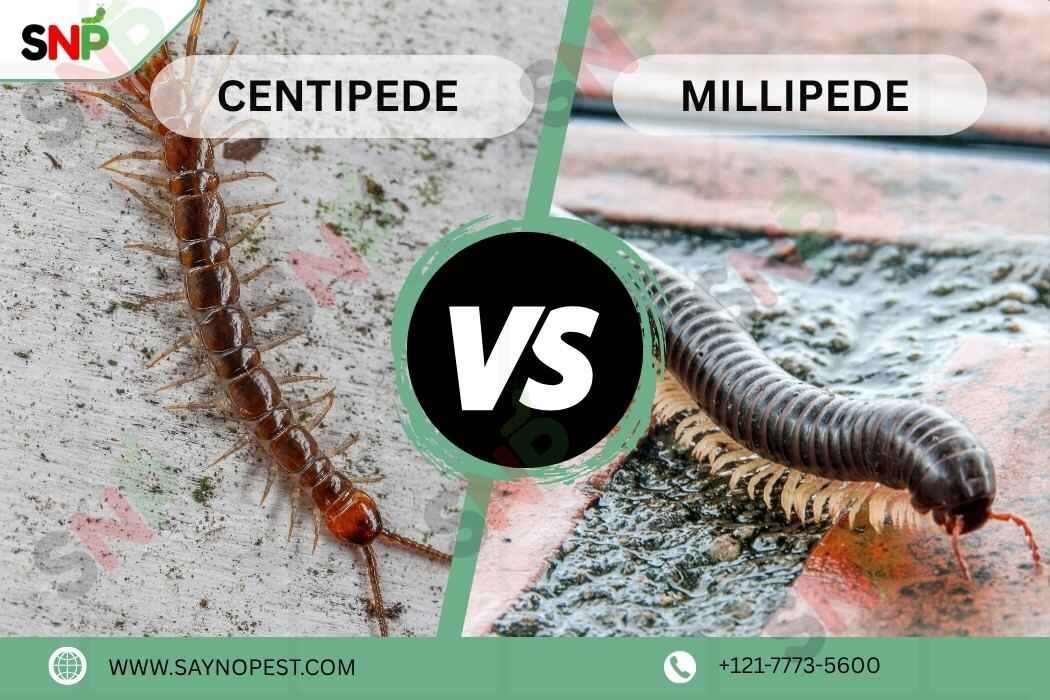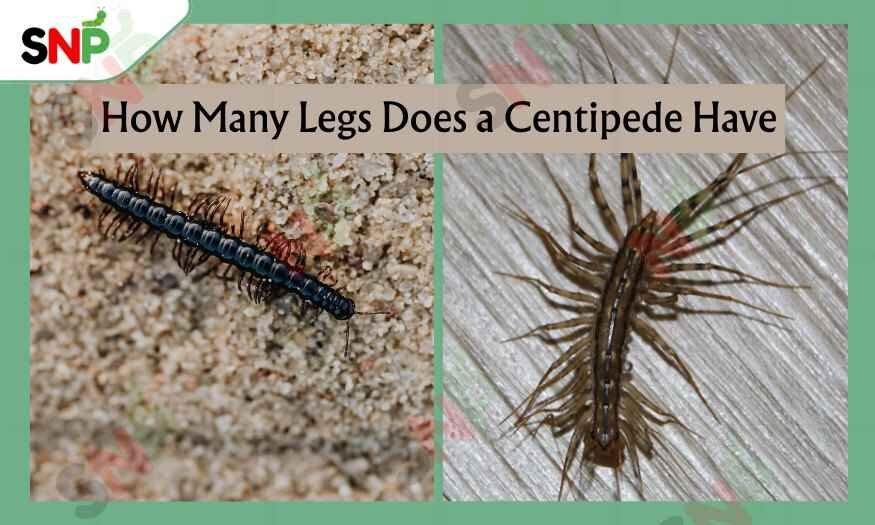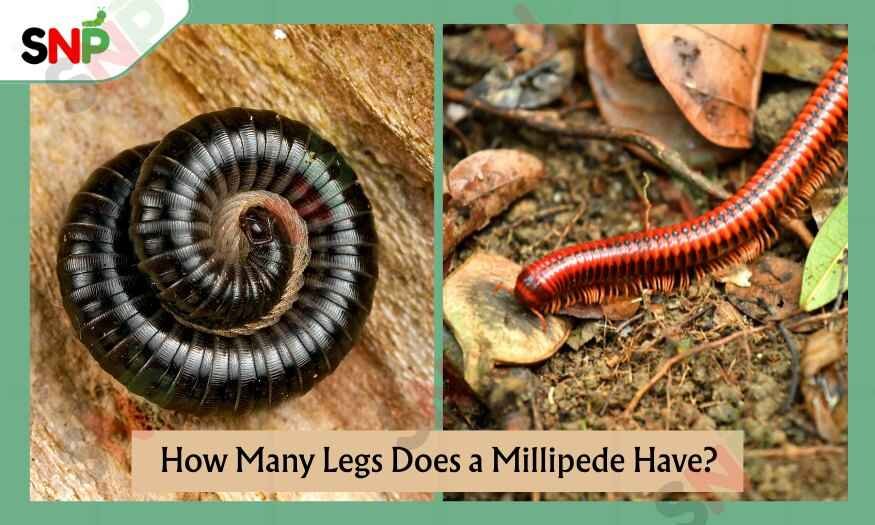If you ever came across a creature that is very fast and many-legged running across your bathroom floor, then you have probably seen a house centipedes. These odd arthropods are the fauna that is typical of human habitats all over the United States, and therefore, their appearance may frighten you, but a lecture about them can make you decide whether you want to set them free or get rid of them.
What Are House Centipedes?
They are small, quick, and slender in shape, with slender legs. Legs and antennae taken separately can be up to four inches in length, when we take the length of the body parts. The adults are of a yellowish-grey colour, with three dark stripes on their bodies, and with 15 pairs of striped legs, so that in the general aspect they are perhaps rather more than halfway between the familiar and the alien. The centipedes are night creatures; hence, in the daytime they usually hide in damp and dark places, such as basements, bathrooms and closets. One night, they go out hunting.
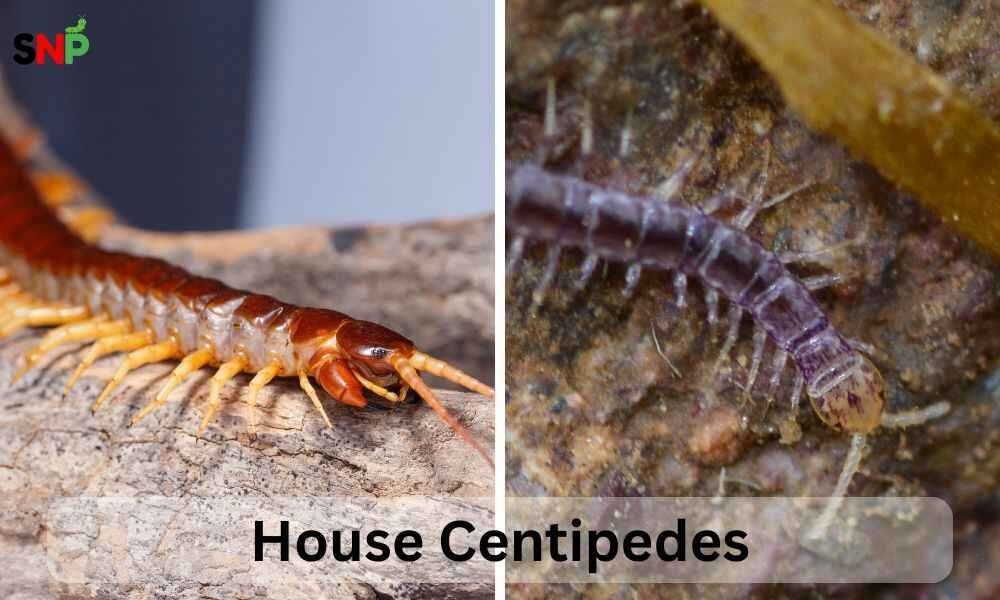
How Long Do House Centipedes Live?
The life of these pest is one of the best facts about this pest. And were you to ask how long do house centipedes live, the reply would be that they live longer than one would think possible with such a small creature. House centipedes are known to live for seven years, but on average, they live about three years. The process of their growth can be compared to going from having just 4 pairs and gradually adding more legs with each stage until they reach the adult stage. This longer lifespan makes their presence in your house like a pest-free shield that can last for a time span of multiple years.
Are House Centipedes Poisonous?
Many People may ask this question, ‘Are house centipedes poisonous?’ The answer is not straightforward. They are venomous, but not poisonous. They have fangs with venom, which they use to eliminate the prey, that is, spiders, ants, cockroaches, and other pests from the house. The poison, however, is not sufficient to cause harm to humans or animals. A bite is an extremely rare occurrence because they are known to very shy and try to avoid humans. If the case of a bite happens (very unlikely), it will just be similar to a mosquito bite and may mildly irritated, reddened, or swollen. On the contrary, many pest experts even regard these pest as good because the latter is the former’s prey in a food chain.
How to Get Rid of House Centipedes
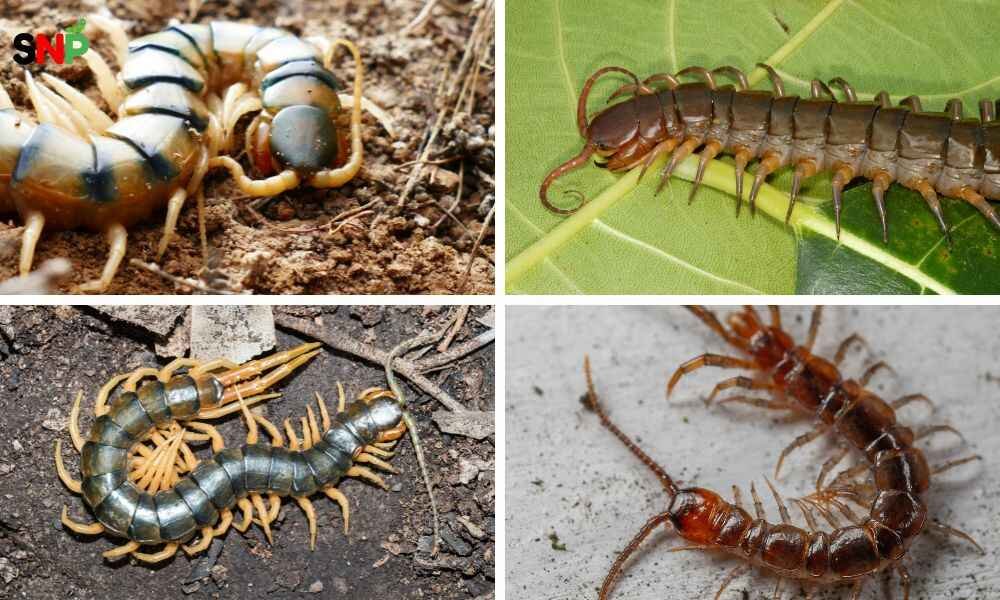
Sure, house centipedes are harmless, but you could get the idea that they are there just by the mere fact of their being. If you are after a solution to the problem of the existence of house centipedes, a variety of non-toxic methods may come to your aid:
- Reduce Moisture: One of the most interesting things about them is that they prefer moist places. Use dehumidifiers in basements and bathrooms to avoid the house centipedes.
- Seal Entry Points: Shut cracks and holes that are near windows, doors, and foundations so that house centipedes cannot get in.
- Eliminate Food Sources: Use pest repellents to avoid other pests. This may help you to remove these pest also. Pests can ridded of by traps, sprays, and diatomaceous earth.
- Vacuum Regularly: Use a vacuum cleaner with strong suction to suck them out of the cracks and corners. Put the vacuum bag or contents outside so that the pests won’t come back in.
- Clean Drains: Use vinegar and bleach solutions in the drains of bathrooms and kitchens to get rid of house centipedes, as they work best on them.
- Outdoor Maintenance: Outdoor Maintenance: In addition to removing dry leaves and decorative plants, it is also advisable to remove wet ones, such as grass and leaves, in the places surrounding your house, to make your home less attractive to pests.
When house centipedes continue to appear in huge numbers in your home, then you may have a larger issue with pests and so you may need to seek the assistance of a professional pest control service.
Conclusion
In American houses, house centipedes are a familiar place, particularly in regions with high humidity. Keep in mind that kindly remember that when answering the question of how long do house centipedes live, they can be your silent friends to up to seven years, keeping other pests under control. You may ask yourself, Are house centipedes poisonous Be assured that their venom is not dangerous to people or other animals. In case they become a nuisance, easy measures such as decreasing moisture, caulking entry sites, and removing their food source can help you to eliminate them naturally and effectively.
So you decide to live with these useful predators or would rather not have them in your home, and knowledge about house centipedes will help you to make the right choice regarding your family. To the homeowners who want to get professional assistance, there are numerous pest control companies that will provide you with safe and effective solutions to your particular problem.

